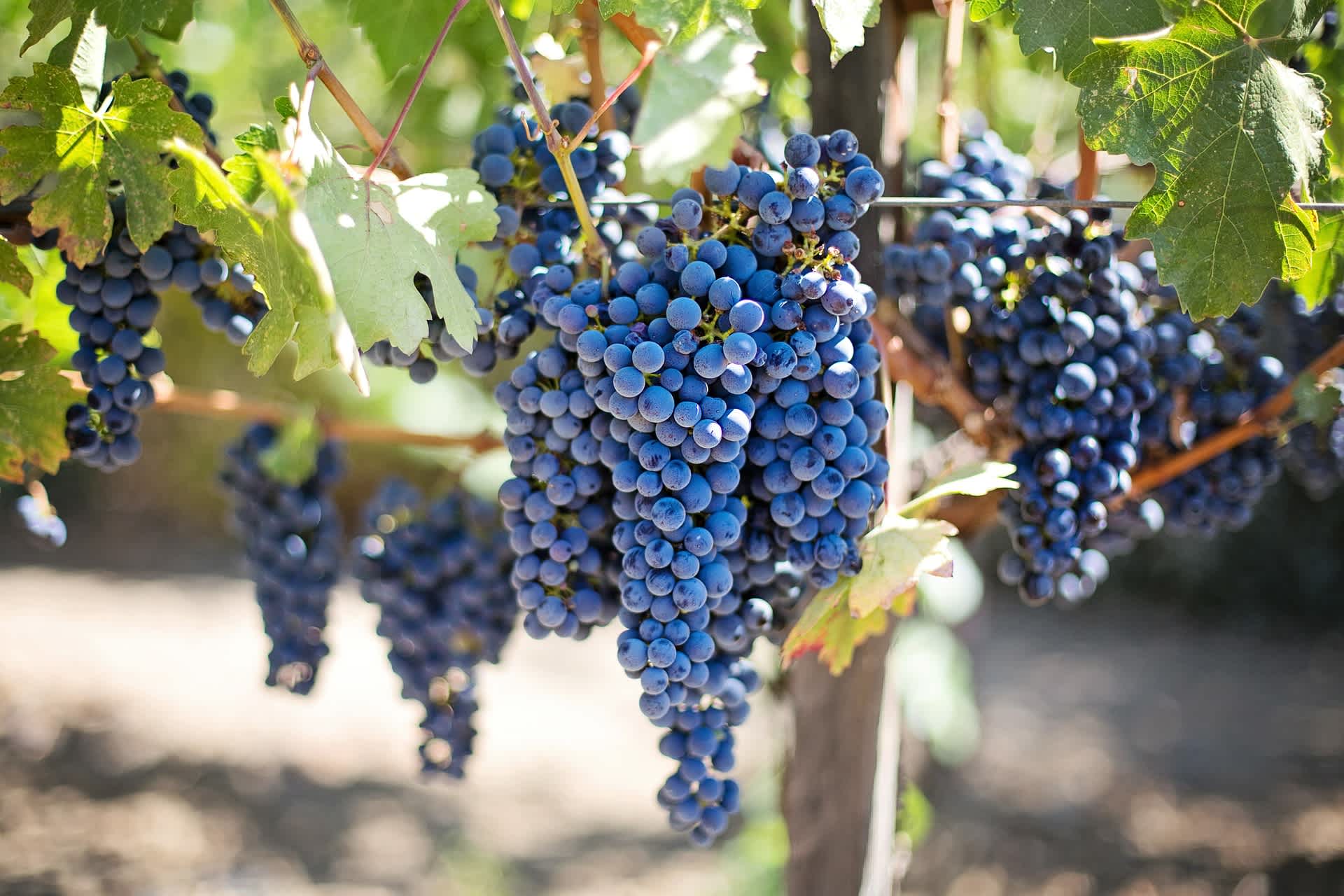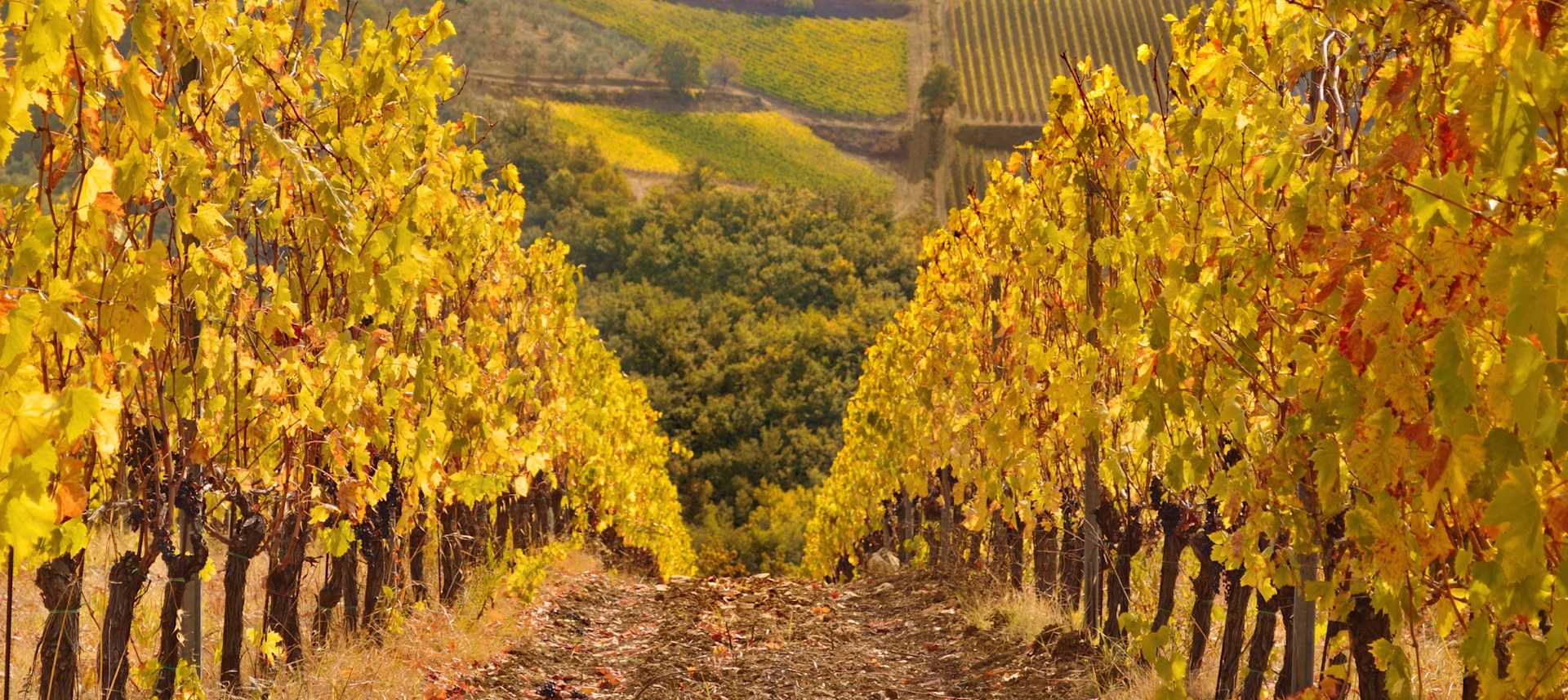Dona Maria Grande Reserva Tinto 2017
-
Robert
Parker -
Wine
Enthusiast



Product Details
Your Rating
Somm Note
Winemaker Notes
Slowly matured in new French oak barrels for one year, the wine shows a dark ruby color and a rich, wild fruit aroma, connecting with mint and spices. The flavor is intense and round, with silky tannins and a persistent finish.
Blend: 50% Alicante Bouschet, 20% Syrah, 20% Petit Verdo, 10% Touriga Nacional
Professional Ratings
-
Robert Parker's Wine Advocate
The 2017 Grande Reserva is a blend of 50% Alicante Bouschet, 20% Syrah, 20% Petit Verdot and the rest 10% Touriga Nacional, all aged for 12 months in 50% new French oak. It comes in at 14.6% alcohol. A big, dense wine, this shows off its Alicante personality first and foremost. There is some tannic pop, plus some hints of beef and licorice. (Okay, they are more than hints, but it is never too much.) This is a big, high-personality wine with a fair share of power that is going to need a food pairing. With the right pairing, it should be a great experience. It is sort of ready to drink now, but it is also a bit closed. It will be even better in a year or two. It should age well thereafter. It hasn't yet shown us where its ceiling is, but this will certainly improve.
Rating: 94+ -
Wine Enthusiast
This dense wine, with its concentration and layers of fruit and acidity, is fine, rich and age worthy. It has a dense texture along with freshening acidity
Other Vintages
2018-
Wine
Enthusiast -
James
Suckling
-
Robert
Parker
-
Robert
Parker

With hundreds of red grape varieties to choose from, winemakers have the freedom to create a virtually endless assortment of blended red wines. In many European regions, strict laws are in place determining the set of varieties that may be used, but in the New World, experimentation is permitted and encouraged resulting in a wide variety of red wine styles. Blending can be utilized to enhance balance or create complexity, lending different layers of flavors and aromas. For example, a red wine blend variety that creates a fruity and full-bodied wine would do well combined with one that is naturally high in acidity and tannins. Sometimes small amounts of a particular variety are added to boost color or aromatics. Blending can take place before or after fermentation, with the latter, more popular option giving more control to the winemaker over the final qualities of the wine.
How to Serve Red Wine
A common piece of advice is to serve red wine at “room temperature,” but this suggestion is imprecise. After all, room temperature in January is likely to be quite different than in August, even considering the possible effect of central heating and air conditioning systems. The proper temperature to aim for is 55° F to 60° F for lighter-bodied reds and 60° F to 65° F for fuller-bodied wines.
How Long Does Red Wine Last?
Once opened and re-corked, a bottle stored in a cool, dark environment (like your fridge) will stay fresh and nicely drinkable for a day or two. There are products available that can extend that period by a couple of days. As for unopened bottles, optimal storage means keeping them on their sides in a moderately humid environment at about 57° F. Red wines stored in this manner will stay good – and possibly improve – for anywhere from one year to multiple decades. Assessing how long to hold on to a bottle is a complicated science. If you are planning long-term storage of your reds, seek the advice of a wine professional.

Responsible for a majority of Portugal’s fine wine production—and over half of the world’s cork production—Alentejo represents a major force in Portugal’s wine industry. This southern Portugese region is characterized by stretches of rolling plains and vineyards dotted with majestic cork oaks. Access to land enables the farmers of Alentejo to produce wines in great economies of scale, without compromising quality, compared to those regions to the north. The region of Alentejo indeed covers a third of the country.
Its classified (DOP) wines must come from one of eight subregions, where elevations are a bit higher, air cooler and less fertile soils are perfect for vines. The optimal regions are Portalegre, Borba, Redondo, Reguengos de Monsaraz, Granja-Amareleja, Vidigueira, Evora and Moura. Alentejo is not without the conveniences of modern winemaking as well. Irrigation supplements low rainfall and temperature control in the winery assures high quality wines.
The potential of the area has attracted many producers and its wine production continues to grow. Alentejo’s charming, fruit-forward wines have naturally led to local and global popularity.
White wines tend to be blends of Antão Vaz, Roupeiro and Arinto. However, in growing proportions, the white grapes Verdelho, Alvarinho and Viognier have been enjoying success. But red varieties actually exceed whites in Alentejo. Aragonez, Trincadeira, Alicante Bouschet and Castelão grapes blend well together and are responsible for most of the Alentejo reds.
